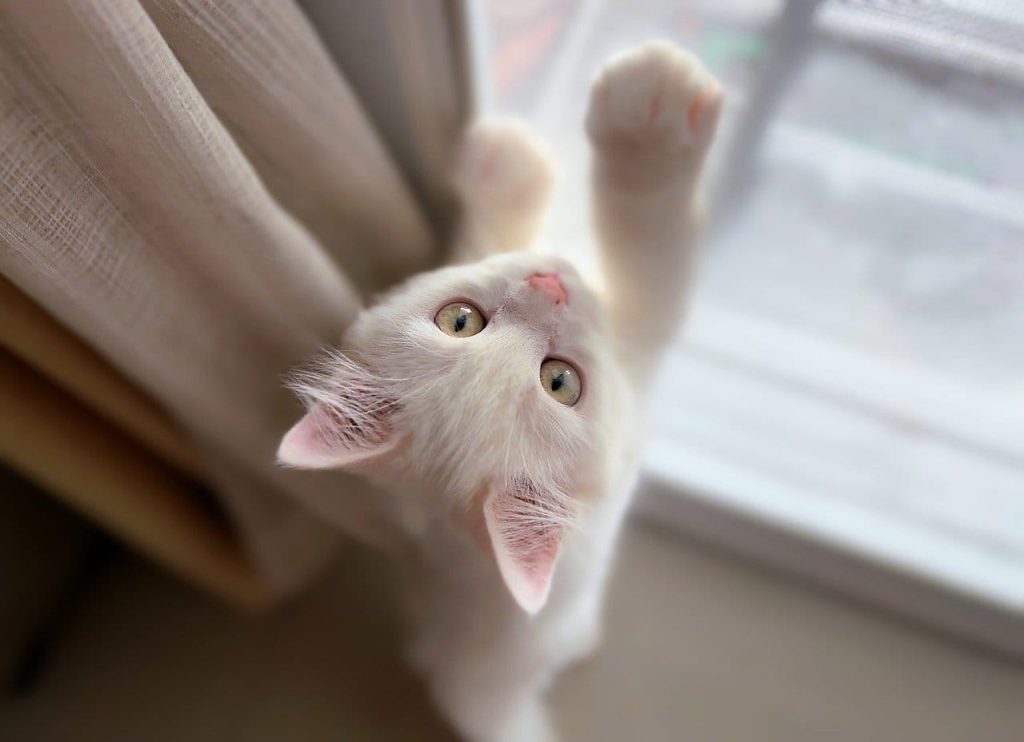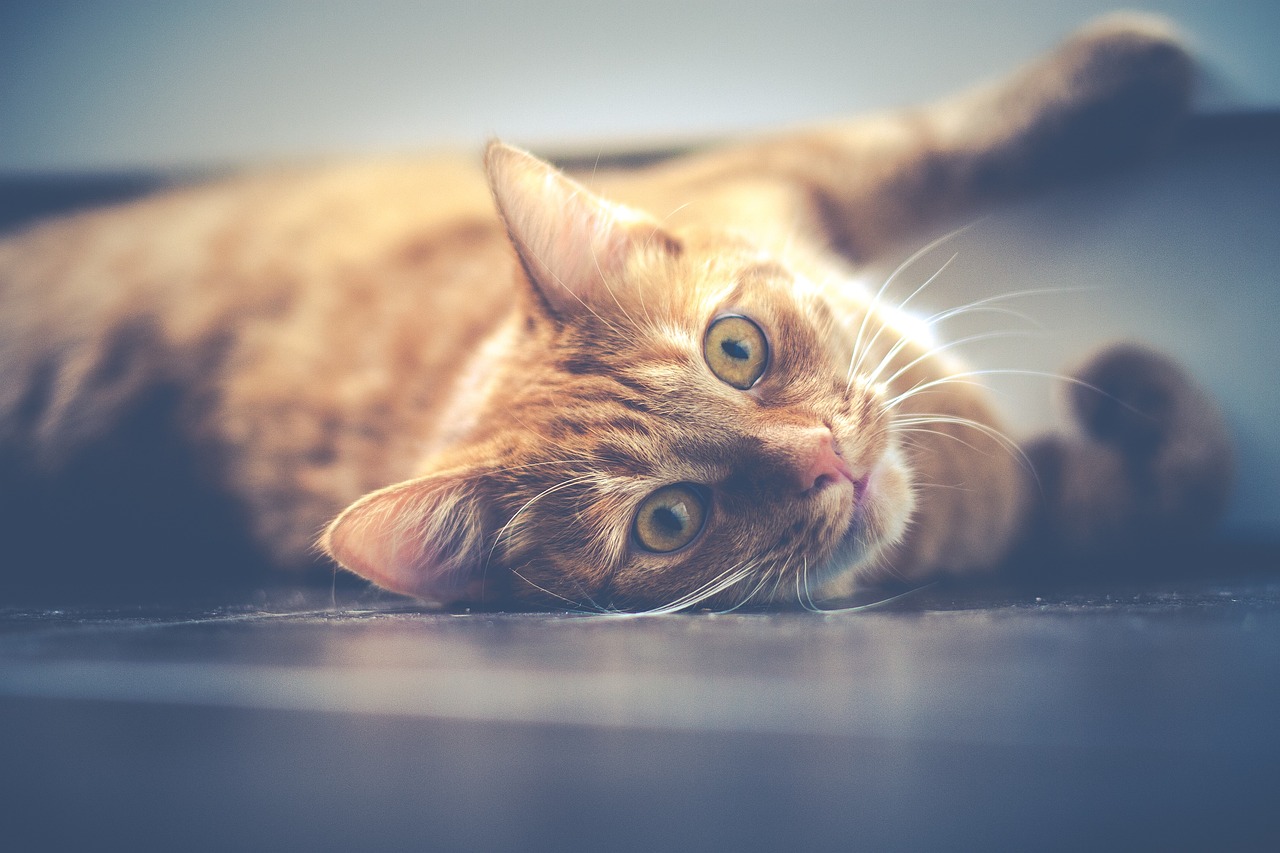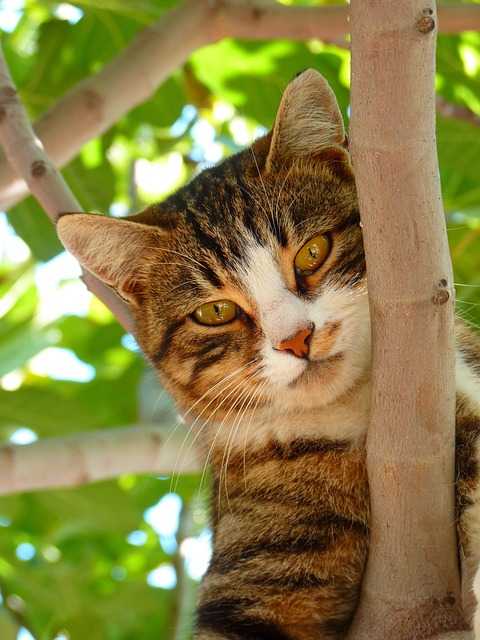In the realm of cat communication, understanding how to use sounds effectively can be a powerful tool, especially when expressing emotions like anger. Cats are highly attuned to vocal cues and can interpret various sounds based on tone, pitch, and context. Let’s explore the art of using cat sounds to express anger in a way that fosters understanding and maintains a positive relationship with our feline companions.
Types of Cat Sounds
Cats communicate through a range of vocalizations, including meows, hisses, growls, and more. Each sound conveys a distinct message, and cats rely on these sounds to express their emotions and needs. When using cat sounds to communicate anger, it’s essential to choose the right vocalization that effectively conveys your message.
Identifying Signs of Anger in Cats
Before using cat sounds to express anger, it’s crucial to recognize the signs that indicate your cat is feeling upset or agitated. Common behavioral cues of feline anger include flattened ears, dilated pupils, tail twitching, and vocalizations like growling or hissing. Understanding these signals helps in responding appropriately and effectively.
Using Hissing and Growling
Hissing and growling are natural defensive vocalizations that cats use to express aggression or ward off threats. When expressing anger to a cat, mimicking these sounds can signal disapproval or displeasure. However, it’s essential to maintain a controlled tone and avoid overwhelming or stressing your cat with excessive aggression in return.

Appropriate Tone and Context
When using cat sounds to convey anger, the tone and context matter significantly. Cats are sensitive to vocal nuances, so it’s crucial to maintain a calm and controlled demeanor. Avoid shouting or using harsh tones, as this can escalate the situation and cause fear or stress in your cat.
Avoiding Overwhelming or Stressing Cats
While using cat sounds to express anger can be a form of communication, it’s essential to strike a balance and avoid overwhelming or stressing your cat unnecessarily. Always prioritize empathy and understanding of your cat’s perspective, and be mindful of their comfort and well-being.
Alternative Methods of Communication
In addition to vocalizations, consider using non-verbal methods to express displeasure to your cat. Body language, such as turning away or calmly redirecting behavior, can effectively convey your message without resorting to vocal aggression. Positive reinforcement and reward-based training are also effective alternatives to punitive approaches.
Conclusion
Using cat sounds to express anger can be a nuanced and effective form of communication when done thoughtfully and respectfully. By understanding feline behavior and communicating with empathy, we can strengthen our bond with our cats and promote a harmonious relationship based on mutual understanding and trust.
Remember, effective communication with cats involves patience, empathy, and a willingness to learn from each interaction. By utilizing cat sounds responsibly and sensitively, we can navigate moments of anger or frustration while fostering a deeper connection with our beloved feline companions.






